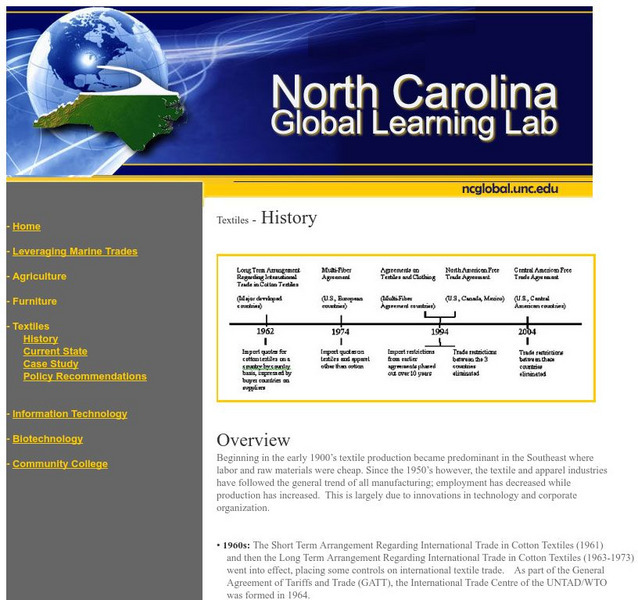Curated OER
Chapter 3 – Antebellum Innovation, Politics, and the Jackson Administration
The inter-war Antebellum Era was a fascinating time in U.S. History! In this textbook response worksheet, historians read assigned textbook pages regarding the topics and respond to 46 short answer display questions regarding the...
Curated OER
Spin Me a Story
Students examine the motif of spinning and weaving in myths and folktales. They read various myths, complete a WebQuest, develop a mind map of story elements, and write an original "spider" story.
Curated OER
U.S. History: The Progressive Era
Students examine the Colonial Revival Movement as a response to industrialization and immigration. focusing on Deerfield, Connecticut, they create a documentary artifact reflecting the period.
Curated OER
TE Lesson: I've Gotta Get Some Air
Students investigate types and sources of indoor air pollutions both at home and in school. They decide on how to prevent poor indoor air quality. They debate smoking in order to determine how language usage can be an influence in...
Curated OER
Ring Around the Rosie
Students examine the concept of angular momentum and its correlation to mass, velocity, and radius. They listen to a teacher-led lecture, conduct an experiment with rotational inertia, angular momentum, and rotation speed by making...
Curated OER
Virginia's Five Geographic Regions
Tenth graders study the products and industries of five major geographic regions in Virginia. They use web based resources to examine maps of Virginia and to make a large classroom map which they label with the products and industries....
Curated OER
Boat Building
Students design and contrast a boat made out of aluminum foil. They test the boats to see which boat floats the best using three different solutions and steel ball weights. Students work on their own to construct a boat of their own...
Curated OER
Development of a Nutritional Snack
Students develop a new line of nutritional snacks. They work in teams to submit a proposal for a snack that not only tastes good, but is nutritional as well. Their end-product consists of four parts: background information, developing...
Curated OER
Rate of Cooling Experiment
Ninth graders measure the insulation properties of different fabrics by immersing cans of water covered with fabric "socks" in an ice bath and measuring temperature changes. They then calculate heat loss and graph the data individually.
Curated OER
Waterwheel Work
Young scholars investigate the history of the waterwheel and common uses for water turbines today. They construct an experimental waterwheel using a two-liter plastic bottle, measure the rate of revolution of a waterwheel, and complete...
Curated OER
Fibers
Young scholars examine the difference between natural and synthetic fibers. They correctly match natural and synthetic fibers by playing with fiber game cards. They work as a group to put the fibers into the correct categories.
Curated OER
Korea in Your Community
High schoolers identify Korean products sold in the US and become aware of Korea's importance in international trade.
Curated OER
Career Investigation Project
Students explore a career of their choice to learn about a career that interests them. In this career exploration lesson, students research a variety of careers and select one in particular. Students create a project to tell others about...
Curated OER
How To Care for a Finished Quilt
Students determine how to care for a quilt. They work in pairs to create a report and present it to the class. They identify bed covers and pillows and discover quilts are expensive and time consuming to make. They also take notes on...
Curated OER
M'Liss Rae Hawley's Round Robin Renaissance
Students practice transfering photos to pieces of fabric. Using different techniques, they use their quilt making skills to create a design. They watch a demonstration by their teacher first and then make their own and share it with...
Curated OER
World Trade: It's for Nebraska
Students examine markets, international trade, and the role of government in international trade. After reviewing articles on the Governor of Nebraska's recent trade missions, they discuss in small groups their opinions of whether or...
Smithsonian Institution
Smithsonian American Art Museum: Lia Cook: Textile Painter
The artwork of Lia Cook, textile painter is profiled. Cook has a unique way of "weaving paintings" by dying silk cords, painting linen threads, and weaving them together to create figures and motifs.
Other
Museum of Ancient Greek Technology
This is a virtual exhibition of inventions from ancient Greece that have been reconstructed by Kostas Kotsanas after over two decades of study and research. Click on 'The Museum' link at the top of the page to read an explanation and to...
Khan Academy
Khan Academy: Technology During the Ming Dynasty (1368 1644)
Scientific investigation also lagged, and by the end of the Ming dynasty China was importing weaponry and weapon technologies from Europe, where shipbuilding and navigational skills had become more advanced. The developments that did...
Art Cyclopedia
Artcyclopedia: Complete List of Textile Artists
ArtCyclopedia's complete list of textile artists from the 17th century to the present day. There are links to the artists' biography and works.
Northwestern University
Weinberg College of Arts and Sciences: Second Industrial Revolution [Pdf]
A lengthy essay on the Second Industrial Revolution in Europe and the United States in the late 19th and early 20th centuries. The author looks at seven major aspects of technology that were affected by the revolution and makes...
Smithsonian Institution
Lemelson Center: True Colors Dyeing Yarn
An interesting history and exploration of the technology and invention of dyes and dyeing from earliest times to present and the effects of new colors in yarns on the economy. This is a complete unit of lessons with activities and...
University of North Carolina
University of North Carolina: History of Textiles
Beginning in the early 1900's textile production became predominant in the Southeast where labor and raw materials were cheap. Since the 1950's however, the textile and apparel industries have followed the general trend of all...
University of North Carolina
University of North Carolina:history of Information Technology in North Carolina
The first seeds of the information technology industry in North Carolina were planted in the 1950s. At that time, North Carolina's economy was largely concentrated in the tobacco, textiles, and machinery industries. The state's best...



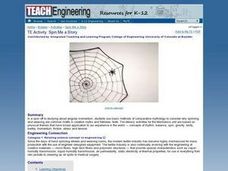
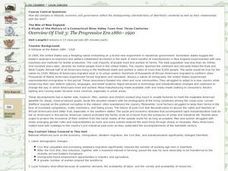

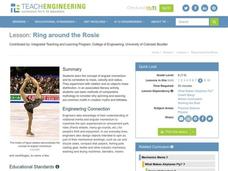

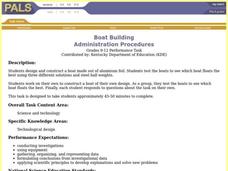
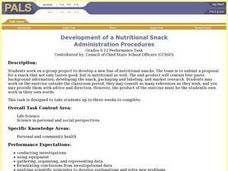











![Weinberg College of Arts and Sciences: Second Industrial Revolution [Pdf] Website Weinberg College of Arts and Sciences: Second Industrial Revolution [Pdf] Website](http://content.lessonplanet.com/resources/thumbnails/410101/large/bwluav9tywdpy2symdiwmduymc0xotc1ni0zym91n3yuanbn.jpg?1589985410)
